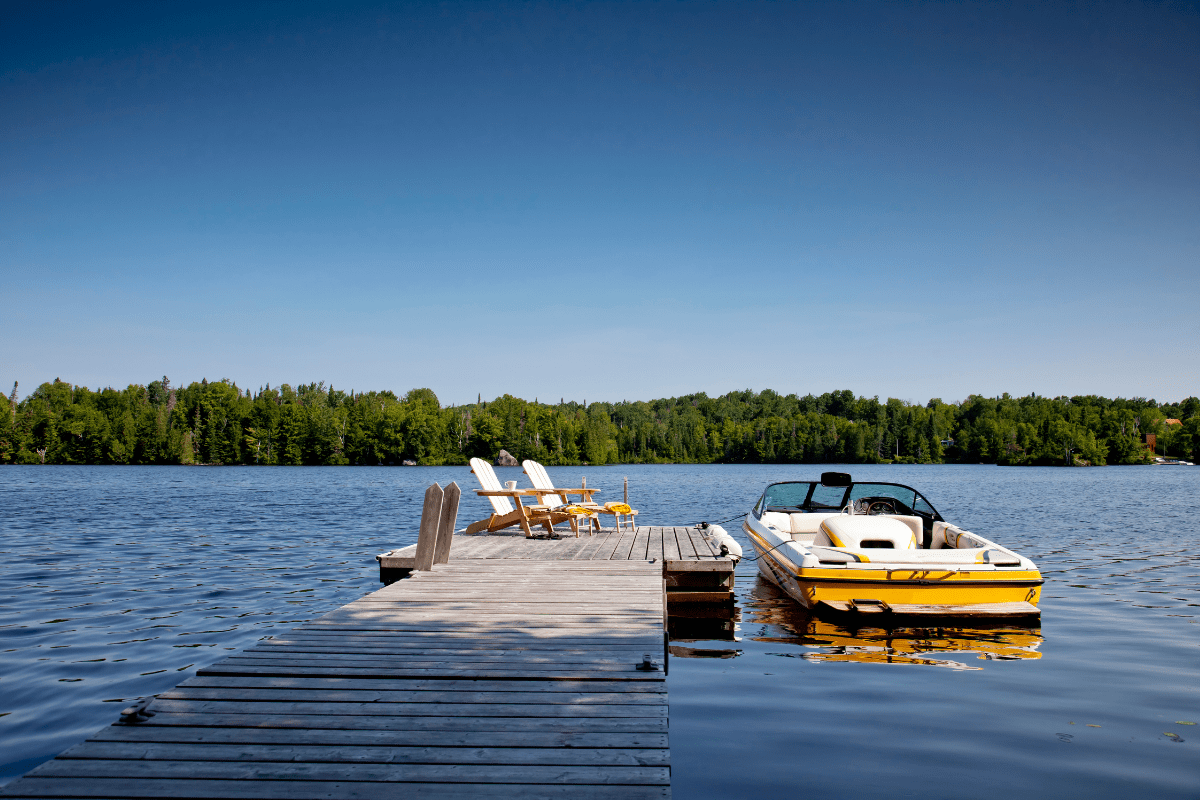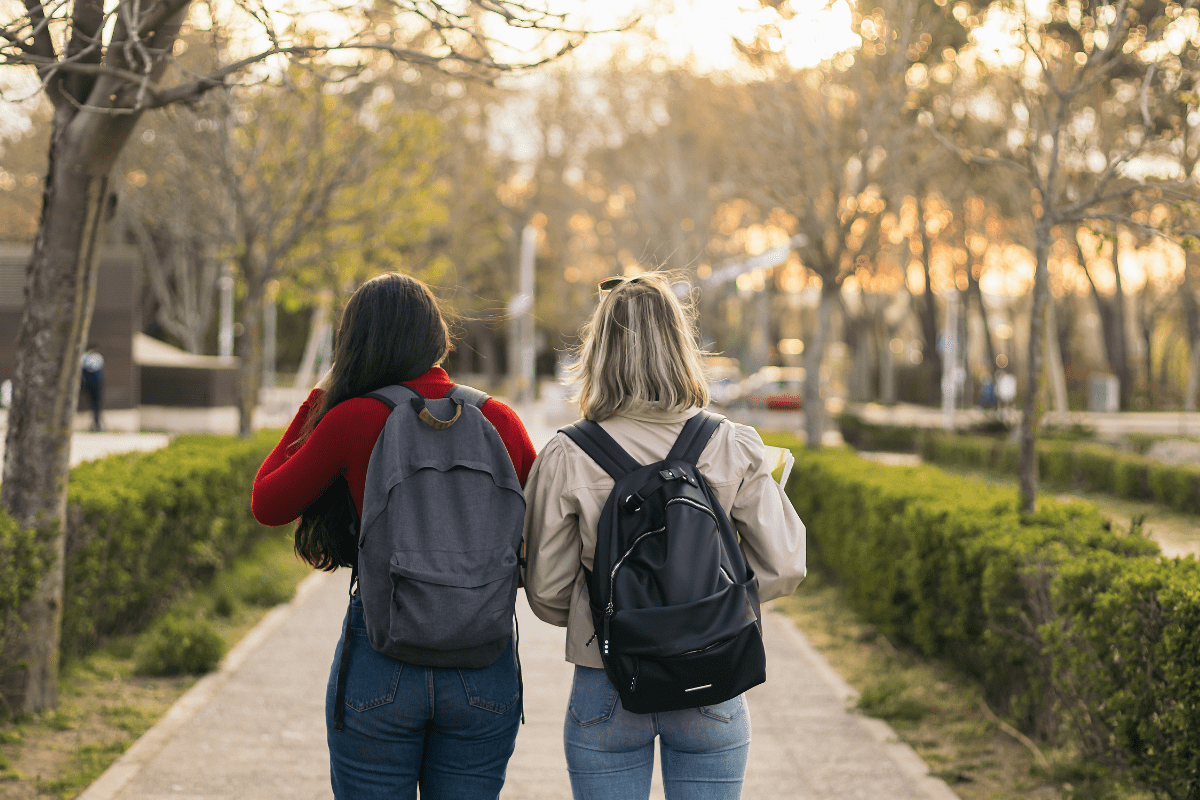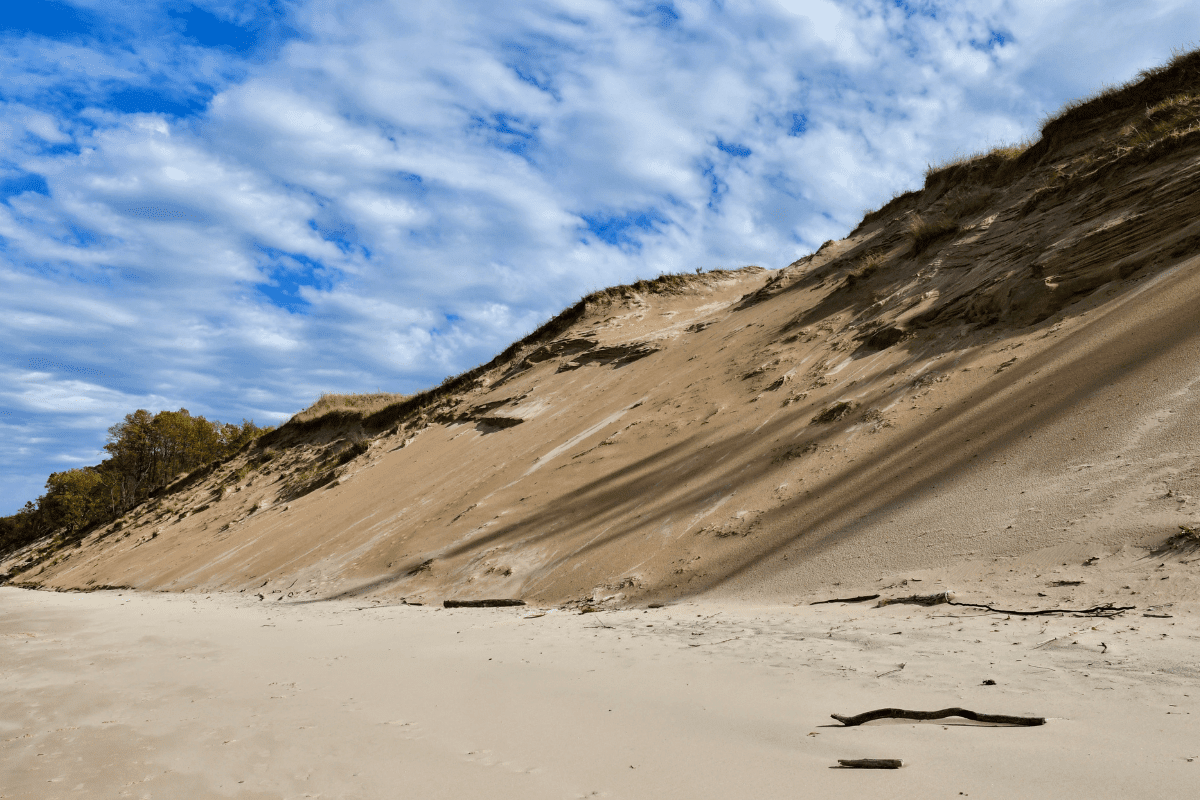Let's be honest… when most people think of Indiana, they picture endless cornfields and the Indianapolis 500. But here's the thing: Indiana has been holding out on us with over 1,000 miles of scenic byways that'll make you wonder if you accidentally drove into Colorado (spoiler: you didn't, but parts of Brown County come pretty close).
Brown County's "Little Smokies" prove Indiana has actual hills
Southern Indiana's topography seems to have missed the memo about being flat.
Brown County State Park sprawls across 15,994 rolling acres that locals affectionately call the "Little Smokies," and honestly, the nickname isn't just marketing fluff. The park's nearly 20 miles of tree-lined roads wind through elevation changes dramatic enough to make your ears pop… okay, maybe not quite, but you'll definitely notice your car working harder on those climbs.
The best part? You can create your own adventure by connecting to Nashville (the Indiana one, not the honky-tonk version) via SR 46 and SR 135. These combinations let you build loops ranging from a quick 25-mile "I need to escape my cubicle" drive to a proper 50-mile "let's pretend we're leaf-peeping in Vermont" expedition. Just remember that peak fall foliage hits between October 12-28 in southern Indiana, which means everyone and their Instagram-obsessed cousin will be there too.
The Fire Tower view that's worth the climb
Here's what the tourism brochures don't tell you: the park's 90-foot Fire Tower requires actual effort to reach. But trust me, hauling yourself up those stairs rewards you with 360-degree views that'll make your FitBit proud and your camera battery cry. Pro tip: go early morning when the fog sits in the valleys, creating that mystical "floating islands" effect that makes even mediocre photographers look talented.
The real gem hiding just 1.7 miles off SR 46 is the T.C. Steele State Historic Site. This preserved home and studio of Indiana's most famous impressionist painter displays over 50 paintings inspired by these exact landscapes. It's like getting the CliffsNotes version of why these hills are worth painting… and driving through.
The Ohio River Scenic Byway serves river views with a side of nostalgia
Stretching 302 scenic miles along Indiana's southern border, this National Scenic Byway follows SR 62, SR 66, and SR 56 through towns that seem frozen in the best possible way.
Madison deserves its own weekend, honestly. The town combines Clifty Falls State Park with enough antique shops to furnish a small country. Meanwhile, Vevay maintains its Swiss heritage so enthusiastically that you half expect to see people yodeling in the streets (they don't, but they do have a mean Swiss wine festival).
Why the roads here require patience
Fair warning: some sections between Aurora and Madison feature curves sharp enough to make your GPS dizzy and grades steep enough to test your brake pads. The road literally hugs limestone bluffs above the river, which sounds romantic until you're white-knuckling it behind an RV going 15 mph. But here's the thing… those same challenging sections create what Midwest Living magazine calls "mini skyscrapers" of hardwood trees. The canopy effect is worth every nervous moment.
The byway also cuts through portions of the Hoosier National Forest, where the trees apparently decided to show off by growing tall enough to create natural tunnels over the roadway. It's the kind of drive where you'll want to pull over every few miles, partly for photos and partly to let your passenger unclench their armrest death grip.
Northern Indiana's Heritage Trail combines Amish buggies with massive flower gardens
The 90-mile Heritage Trail through Elkhart and LaGrange counties offers the most entertaining game of "dodge the horse poop" you'll ever play.
Starting from the Elkhart County Visitor Center (GPS: 41.7084° N, 85.0307° W for those who still trust technology over asking for directions), this 3-4 hour loop follows US 20, SR 5, and SR 120 through legitimate Amish country. And yes, you really will share the road with horse-drawn buggies, which move at approximately the same speed as your patience in a Starbucks line.
The Quilt Gardens phenomenon nobody expects
From May through September, the route features 17 massive Quilt Gardens containing over one million blooms arranged in patterns that would make your grandmother's actual quilts jealous. These aren't your typical "let's plant some petunias and call it art" gardens. We're talking football-field-sized displays that look like someone used flowers as pixels in a massive outdoor computer screen.
Essential Heritage Trail stops include:
- Das Dutchman Essenhaus (Indiana's largest family restaurant)
- Shipshewana's massive outdoor flea market
- Downtown Middlebury's authentic Amish shops
- Bristol's Bonneyville Mill (most photographed spot)
- Free audio tour guides at visitor centers
The free audio driving tour narrates your journey with just enough historical context to sound smart at dinner parties without putting your passengers to sleep. Plus, it warns you about upcoming buggy crossing areas, which is genuinely helpful when you're cruising at modern vehicle speeds.
Parke County's covered bridges create the ultimate photography scavenger hunt
Welcome to the Covered Bridge Capital of the World, where 31 historic bridges spread across five color-coded driving tours give you more photo ops than your phone has storage.
Each tour ranges from 15 to 30 miles, or you can go full overachiever and tackle the complete 90-mile county circuit. The Jackson Covered Bridge stretches an impressive 402 feet as Indiana's longest single-span bridge, built in 1861 when people apparently had more patience for construction projects.
Festival season brings beautiful chaos
The annual Covered Bridge Festival (mark your calendar for October 10-19, 2025) attracts 2.5 million visitors over 10 days, which is roughly 2.49 million more people than Parke County usually sees. The Bridgeton area alone hosts over 400 vendors, turning quiet rural roads into something resembling a Renaissance fair meets farmers market meets traffic nightmare.
But here's the insider move: visit literally any other time of year. The bridges don't disappear after October, and you'll actually be able to photograph them without 47 strangers in your shot. Plus, the operating 1823 grist mill at Bridgeton provides year-round historic interest and significantly shorter bathroom lines.
Hidden gems for when you want to escape the "scenic byway" crowds
Sometimes the best drives are the ones without official designations or visitor centers.
Northern lakes that'll make you forget you're in the Midwest
Steuben County alone boasts 101 natural lakes, which seems excessive but we're not complaining. Lake Wawasee, Indiana's largest natural lake at 4.63 square miles, offers roughly 12 miles of lakeshore roads perfect for aimless afternoon wandering.
Chain O'Lakes State Park near Albion features nine interconnected glacial kettle lakes, and yes, "kettle lakes" is the actual geological term, not something Indiana made up to sound fancy. Travel writer Douglas Wissing, whose family has been in Indiana for eight generations (talk about commitment), describes these northern routes as offering "ocean-sized vistas" that challenge every preconception about Indiana's landscape.
The backroads locals actually use
Salt Creek Road from Nineveh to Gnaw Bone (yes, that's a real place name) provides 18 miles of mostly paved rural driving through authentic Brown County countryside. You'll pass old general stores that may or may not be open, family farms with hand-painted signs, and exactly zero Starbucks.
Even more surprising? Fall Creek Road in Indianapolis makes you "feel like you're in Southern Indiana" despite being inside city limits. It's the kind of secret locals share reluctantly, worried that too many people will discover their peaceful escape route.
Planning tips that'll save your sanity and your gas tank
Let's talk practical details, because nothing ruins a scenic drive faster than unexpected fees or getting stuck behind a tour bus.
State park entry runs $8 for Indiana residents and $10 for out-of-state visitors, which is basically the price of a fancy coffee drink for access to maintained roads and actual restrooms. Most scenic byways follow well-maintained state highways suitable for any vehicle, though some rural sections around Amish communities have shoulders narrow enough to make you appreciate modern lane markings.
Seasonal timing makes all the difference
Peak viewing seasons to remember:
- Northern Indiana fall colors: October 5-21
- Southern Indiana fall colors: October 12-28
- Spring wildflowers: Late April to mid-May
- Quilt Gardens: May 30 to September 15
- Cave tours: Year-round at constant 54°F
- Covered bridge photography: Anytime except festival week
- Winter solitude: December through February
For photographers, golden hour apps like PhotoPills help time those perfect shots. Set your aperture between f/8 and f/11 for sharp landscapes, and always pack extra batteries in winter because cold weather drains them faster than your teenager drains your wallet.
The wine trail bonus round
Indiana's wine country adds another layer to scenic driving, with the Indiana Uplands Wine Trail connecting nine wineries within two hours of Indianapolis. Oliver Winery holds the title of state's oldest continuous winery, and their grounds are almost as impressive as their wine selection (almost).
Final thoughts on Indiana's surprising scenic drives
Here's what Indiana does brilliantly: it under-promises and over-delivers. That "crossroads of America" nickname usually implies you're just passing through, but these scenic routes reveal a state that rewards slowing down and taking the back roads.
Whether you're photographing covered bridges without festival crowds, navigating narrow roads behind Amish buggies, or discovering that Indiana actually has hills worth climbing, these drives offer genuine surprises. The state's compact geography means you can experience glacial lakes, restored prairies, limestone caves, and Appalachian-like hills all within a day's journey.
The best advice comes from travel writer Douglas Wissing, who notes you can "make the whole drive in just a couple of hours, or turn it into a multi-day adventure". And really, isn't that the point of a good scenic drive? The flexibility to speed up or slow down, to follow the marked route or venture onto that intriguing side road, to discover that Indiana has been hiding some of the Midwest's best-kept scenic secrets in plain sight.
Just remember to wave at the locals. They're probably wondering why you're photographing their daily commute, but they're too polite to ask.





